Chimneys are the exterior portion of a larger system. They enclose and protect the components that manage the exhaust for various combustion devices. When you observe a concern or defect in a chimney, it is important to “connect the dots” back to the interior side of the system, e.g. the fireplace, fuel-burning appliance, or a fossil fuel water heater or heating plant.
Chimneys should be inspected as a whole (the big picture) and in detail. Whenever safe and possible they should be observed from the roof level as well as from the ground. Be aware of any signs that indicate that a chimney or any of its flues have been abandoned. Be sure that you can account for all flues required by the home’s combustion sources, and that none are closed off. Inspect the chimney(s) for any signs of problems with the overall structural integrity. They should be straight without any excessive leaning. There should be no separation away from the building at side-mounted chimneys. The chimney should clear the roof properly and adhere to the “3-2-10” height and clearance rule.
Inspect the crown or cap. It should be intact and in good condition with no cracks or openings that will allow water penetration. Metal caps should be free of significant rust or corrosion. All crowns and caps should shed water and not allow ponding. A rain cap/spark arrestor should be securely installed. Flat screening is not an acceptable flue cover.
The chimney crown is cracked. This permits water penetration into the chimney. Repair the crown.
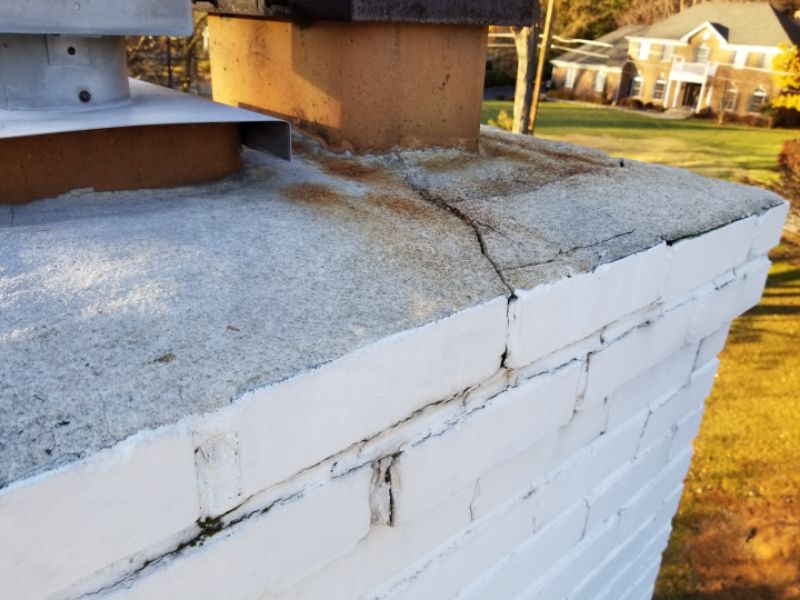
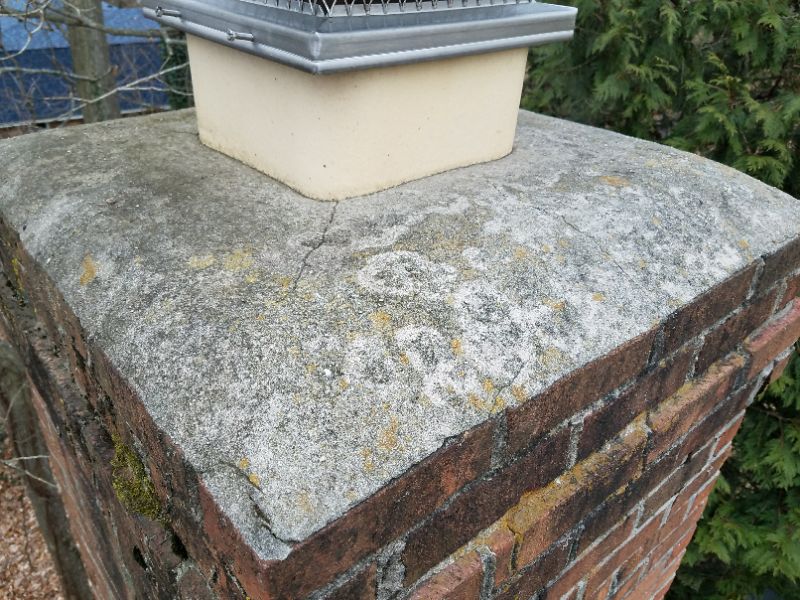
The chimney crown is deteriorated. This permits water penetration into the chimney. Replace the crown.
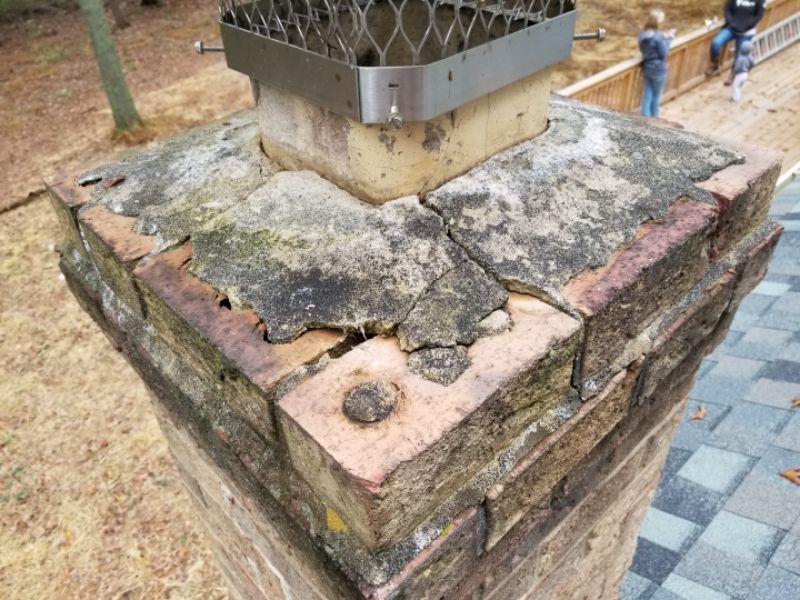
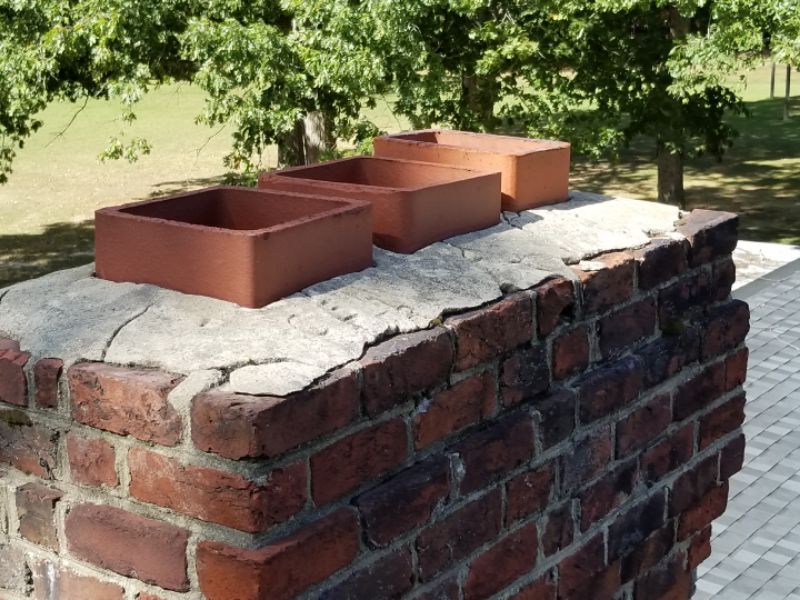
The chimney crown is depressed. This permits water to pond, encouraging deterioration. Repair the crown.
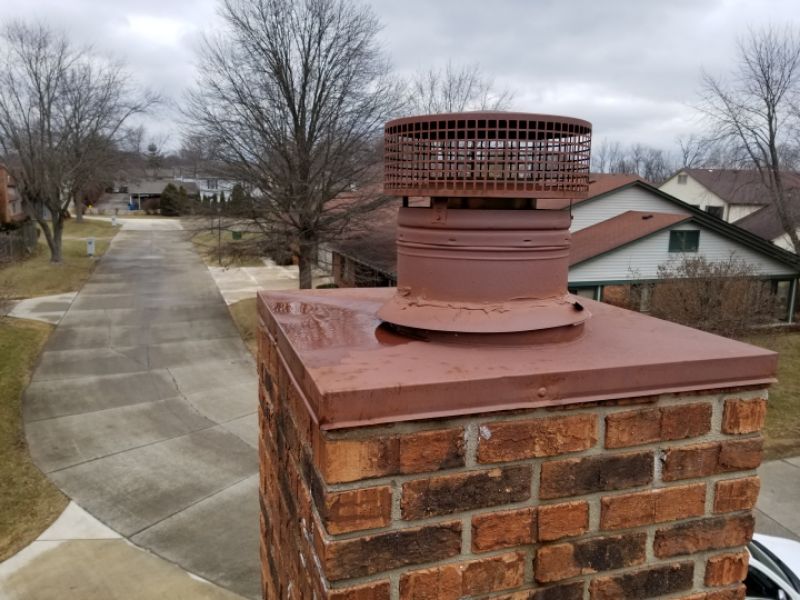
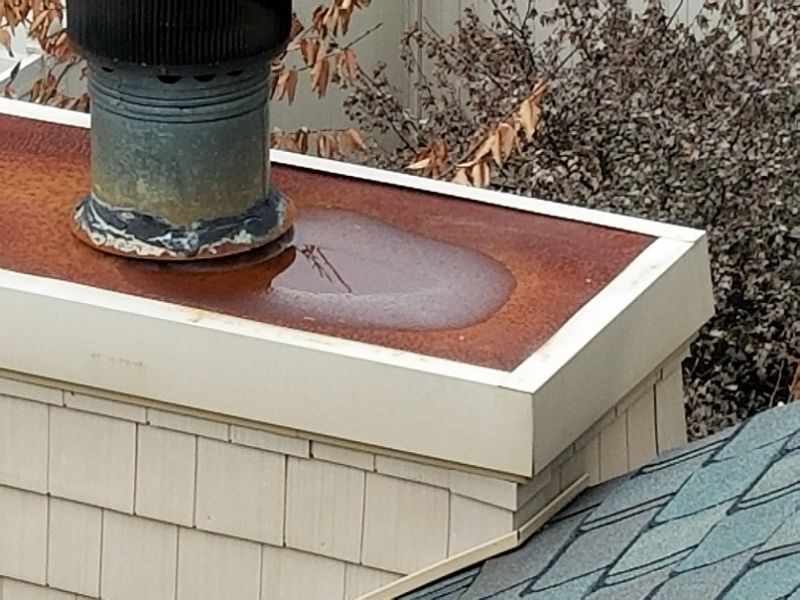
The metal chimney crown is corroded. This can allow water into the chimney. Replace the crown.
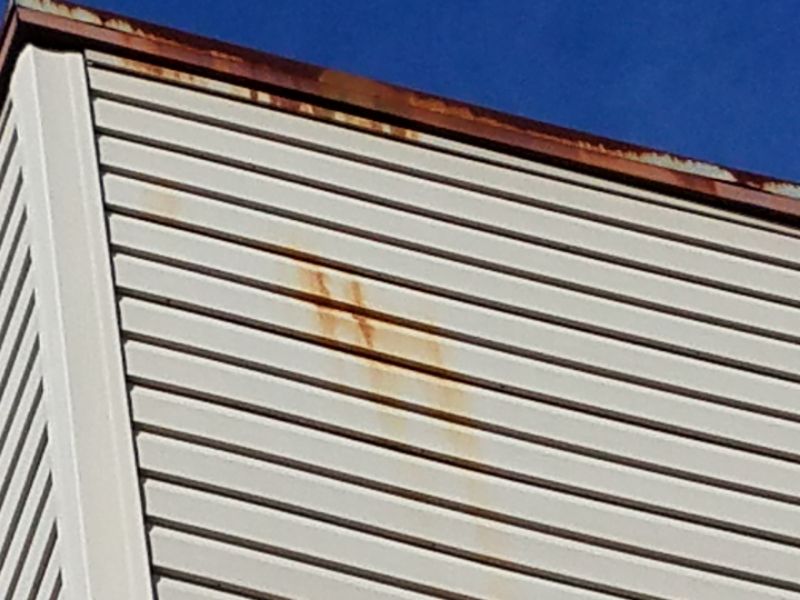
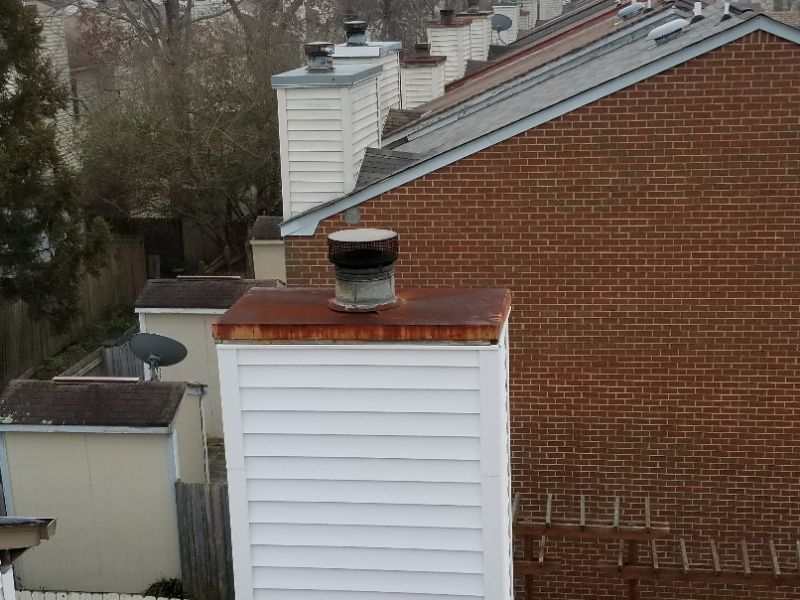
The chimney is too short. Safety requires that it extend 3′ above the roof where it penetrates the roof surface. It must also be at least 2′ higher than any part of roof within 10′ of the chimney. Do not use the chimney; hire a contractor to provide further evaluation and repairs as needed.
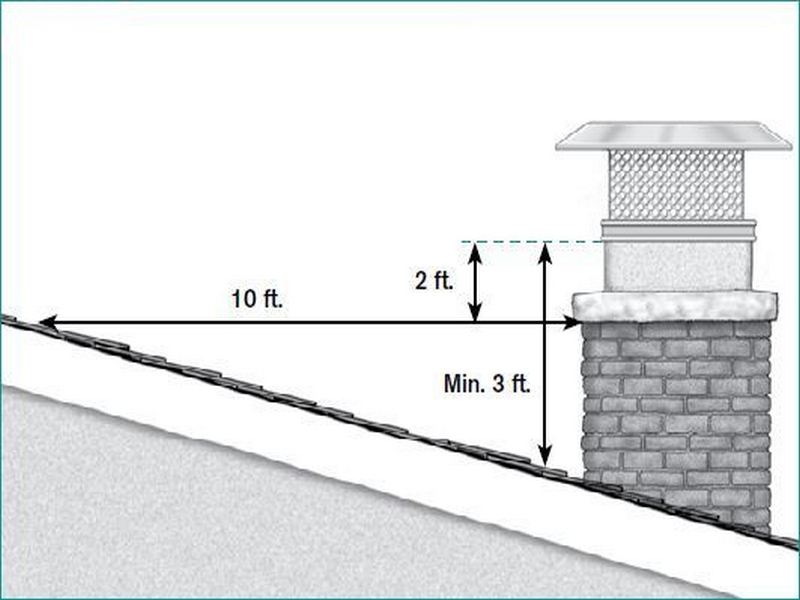
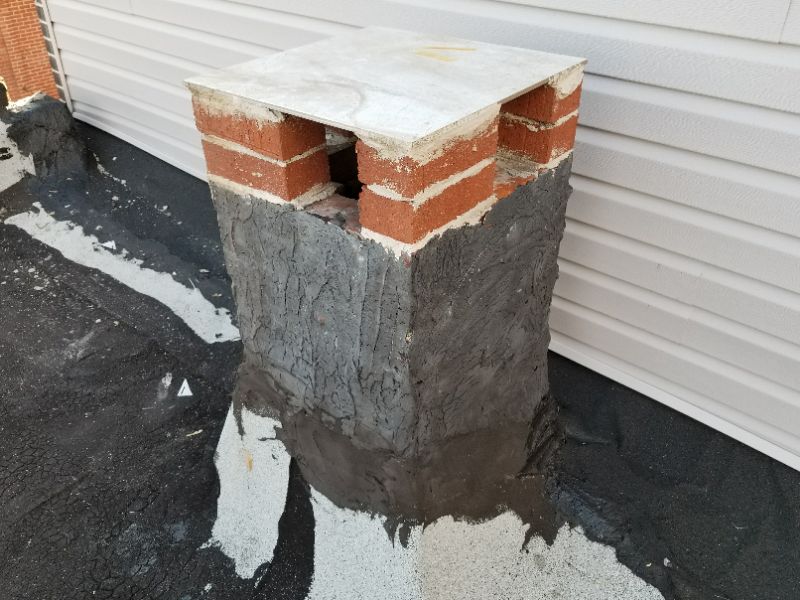
There are deteriorated mortar joints at the chimney. This allows water penetration and further damage. Repair the mortar joints.
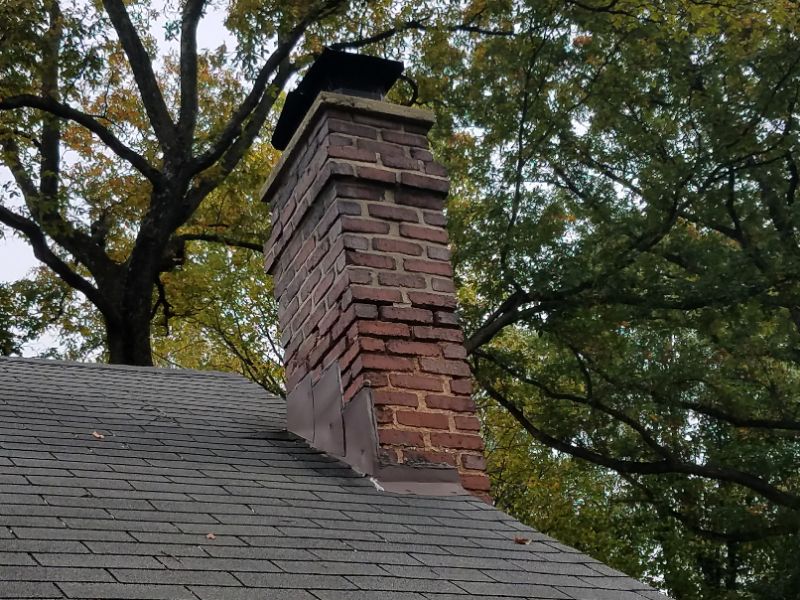
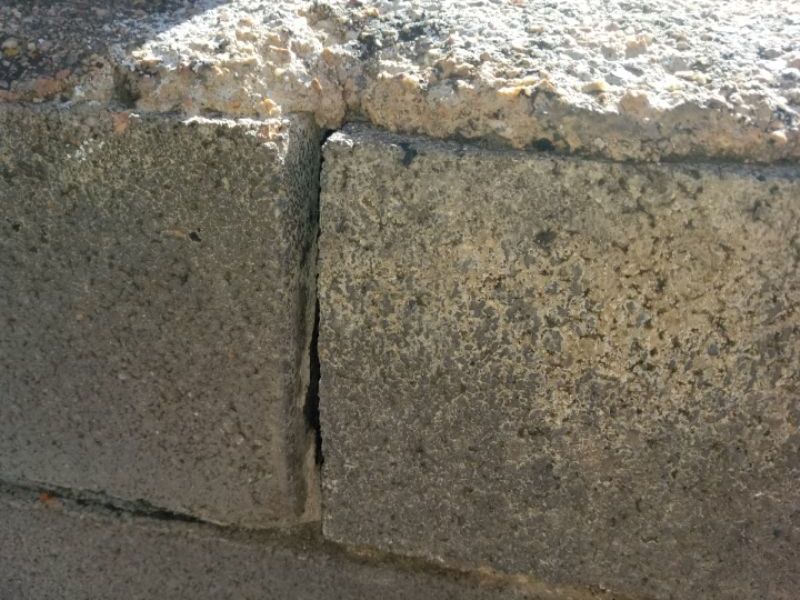
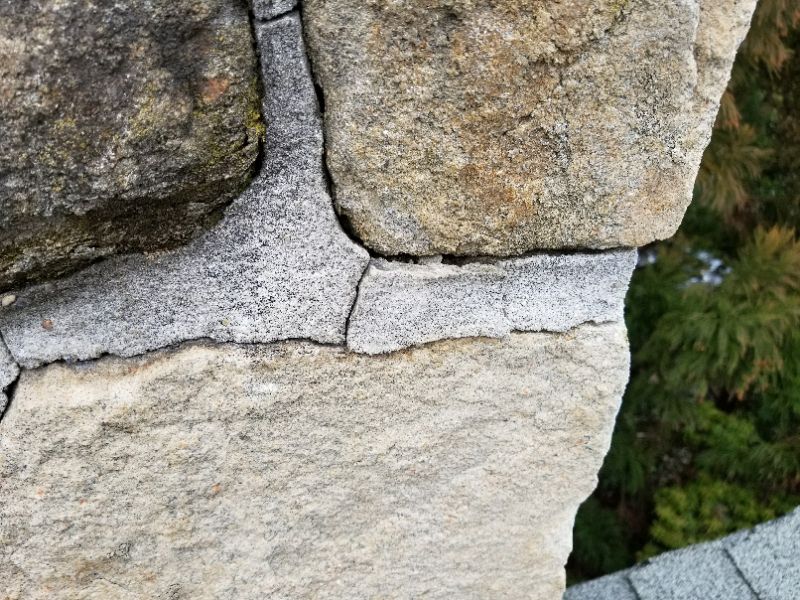
The chimney parging is cracked. This permits water to intrude into the masonry joints of the chimney. Repair the parging; hire a contractor as required.
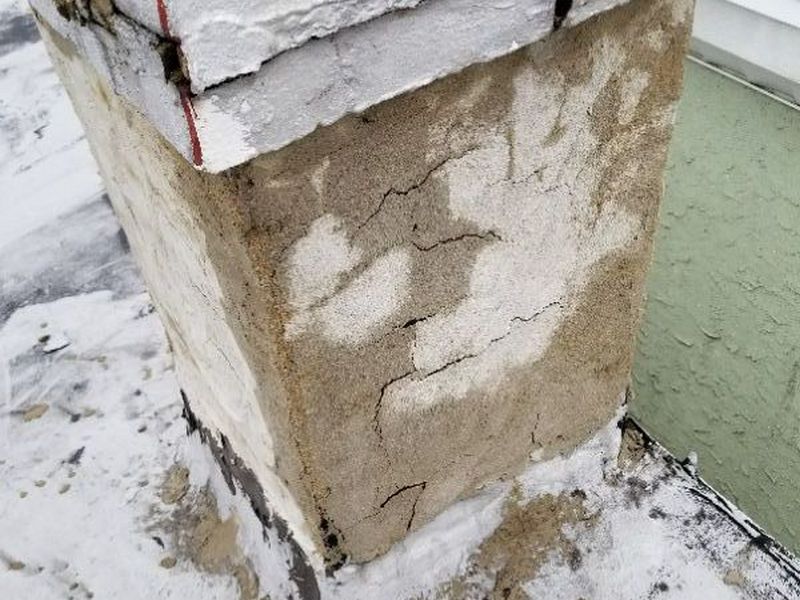
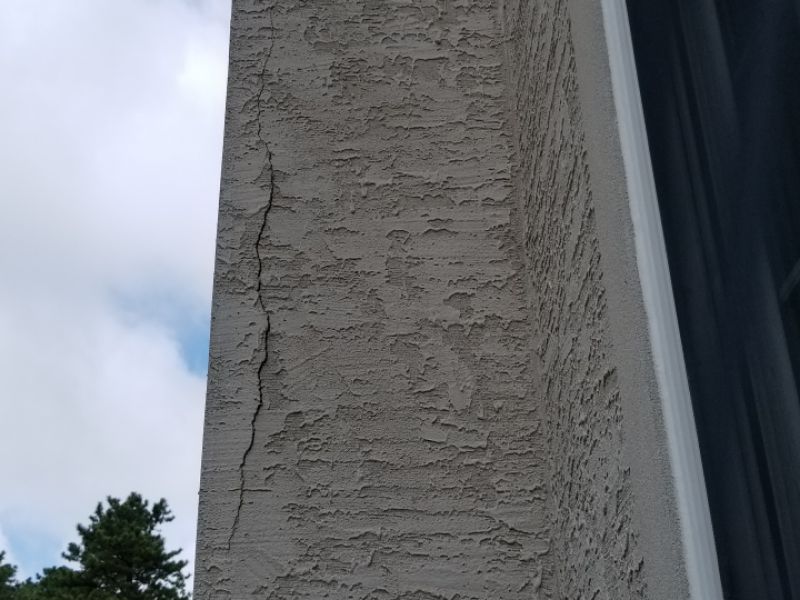
The chimney has vertical cracks. This implies excess flue temperatures (chimney fire) or a structural problem. This is a potential safety concern. Hire a contractor to evaluate the cracks and provide repairs as needed.
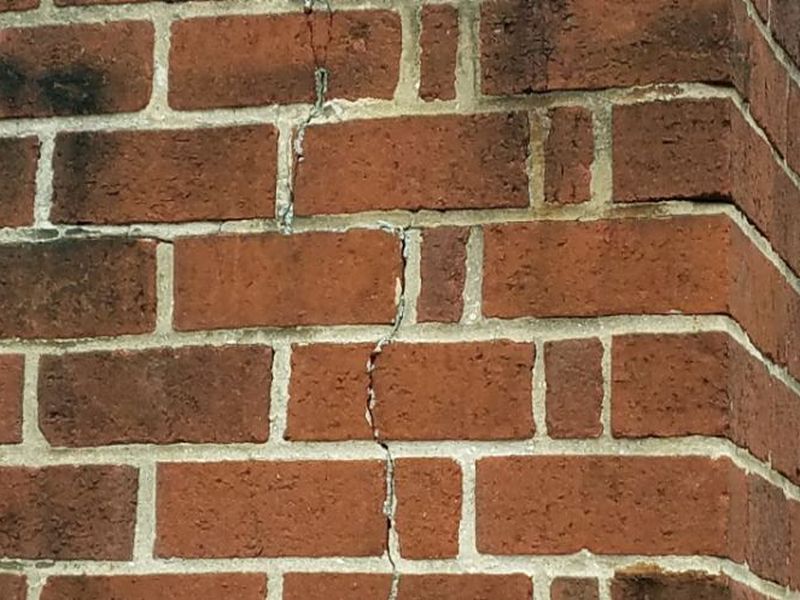
The chimney bricks are spalled. Spalling occurs when moisture penetrates the bricks and freezes. This allows further deterioration. Identify and mitigate any source of moisture; hire a mason to repair the bricks as required.
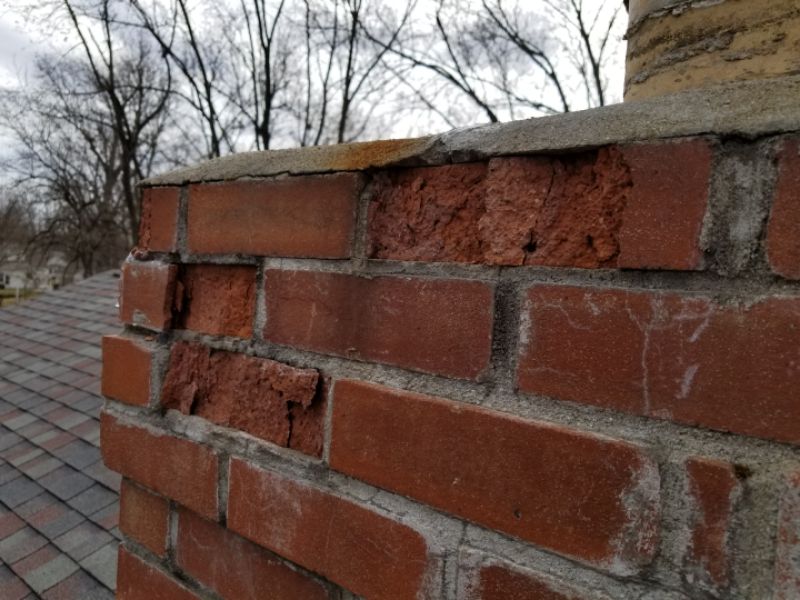
The chimney has loose or missing bricks. This permits moisture to enter and will cause further deterioration. Repair the chimney and repair any damage which may be revealed.
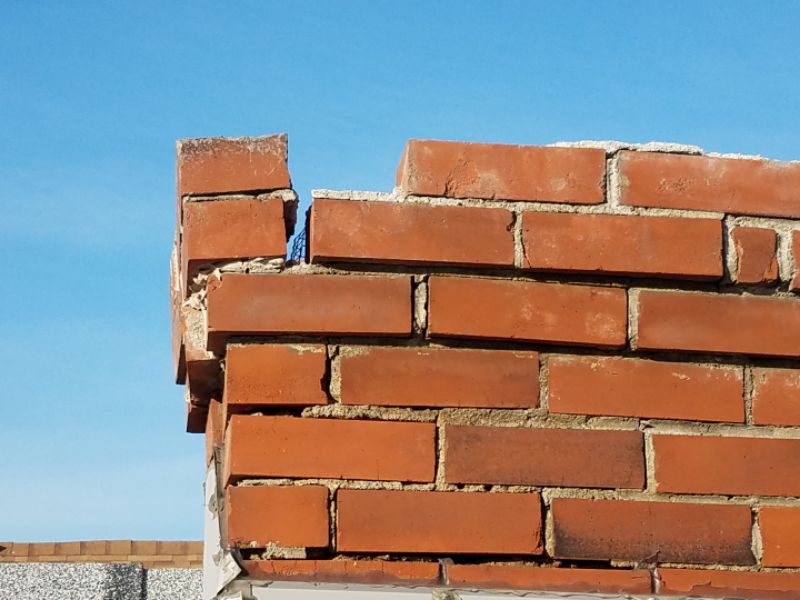
The chimney is deteriorated. This is a potential safety concern. Do not use the chimney; hire a contractor to provide further evaluation and repairs as needed.
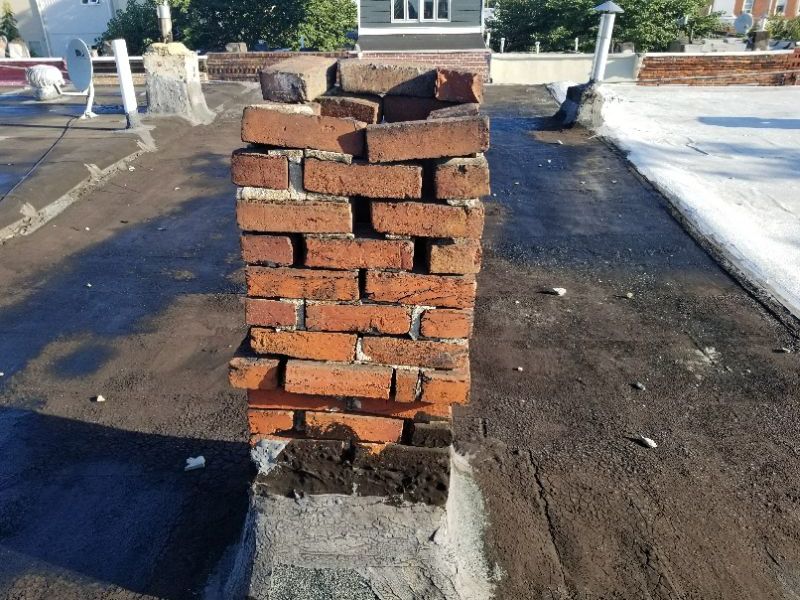
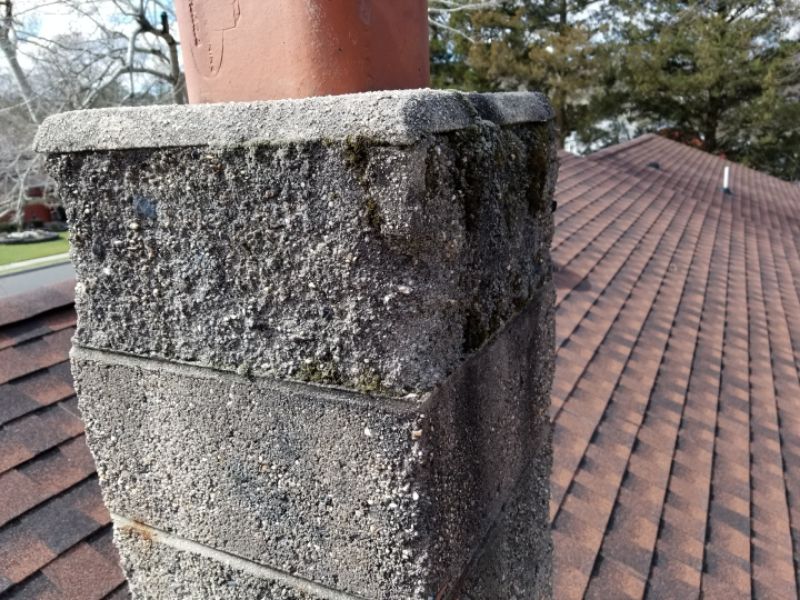
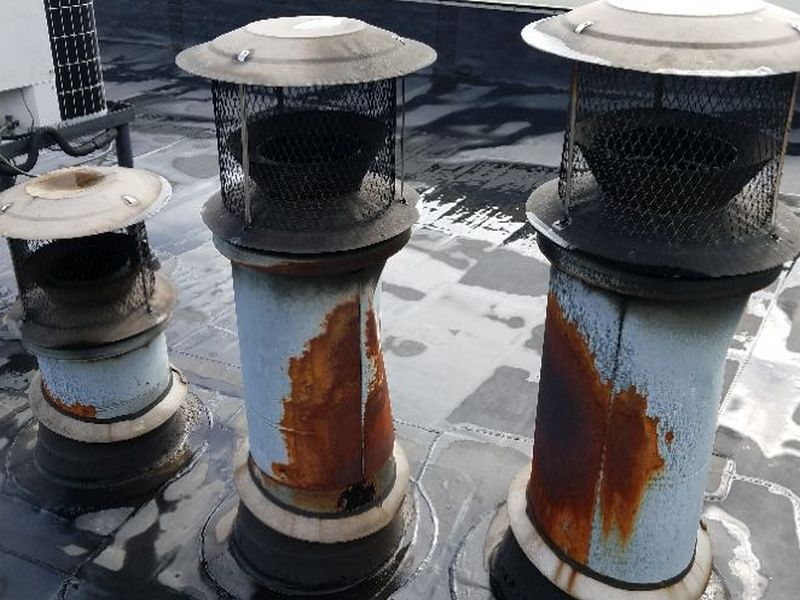
The chimney is leaning. This is a safety concern. Do not use the chimney; hire a contractor to provide further evaluation and repairs as needed.
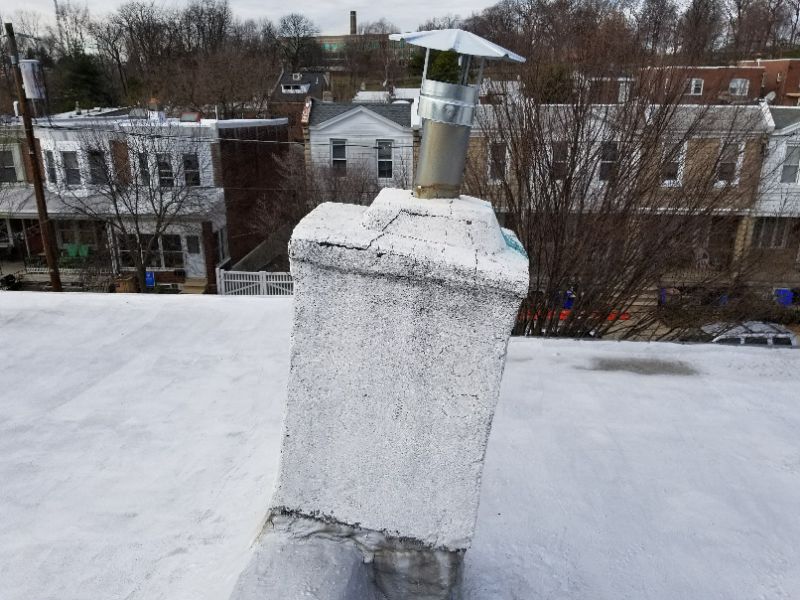
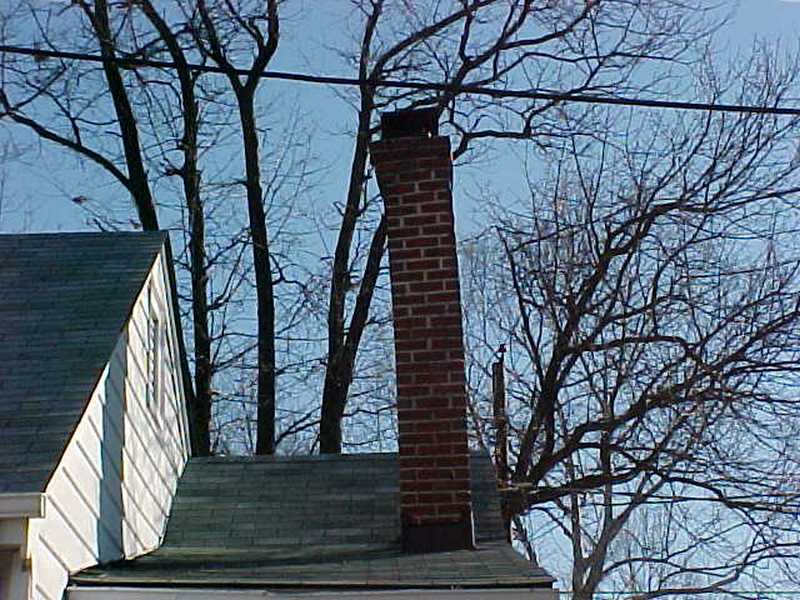
The chimney is missing a cricket. These roof constructions help prevent water penetration into the home. Chimneys 30″ wide or greater should have a cricket to divert roof runoff around the chimney. Add a cricket to divert water away from the structure.
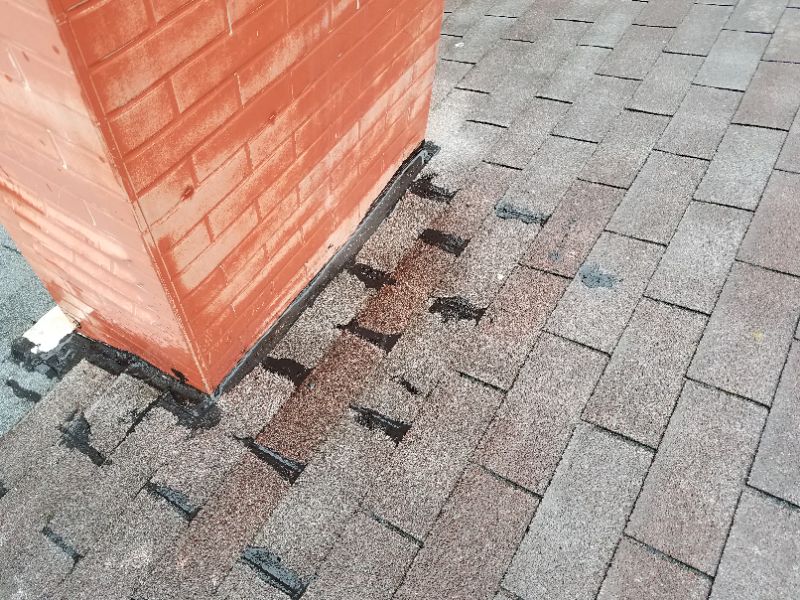
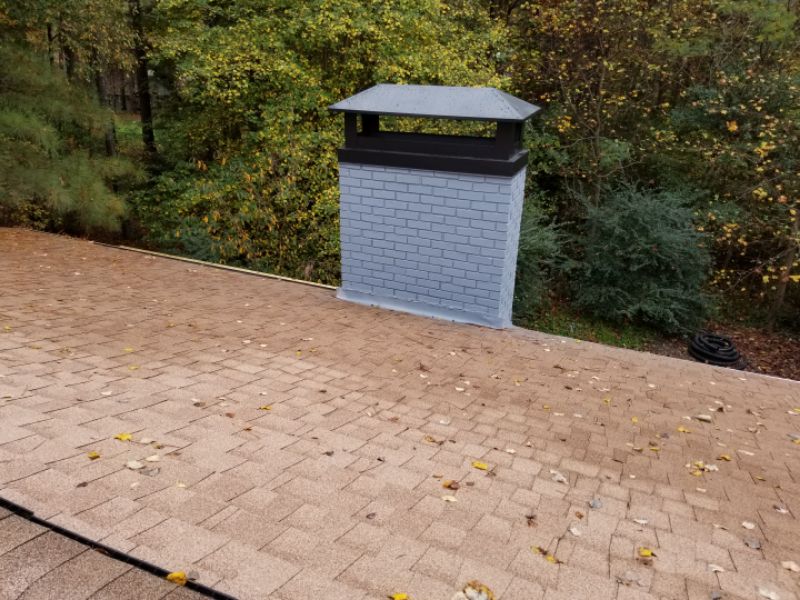
There is efflorescence on the chimney. This implies water penetration into the chimney structure. Identify and mitigate any source of moisture; hire a contractor as required.
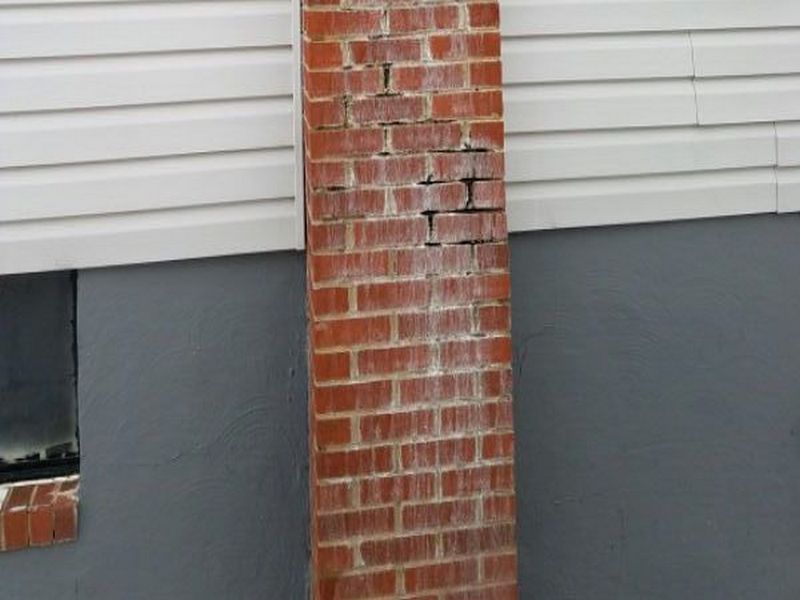
There is an antenna mounted on the chimney. Wind pushing and pulling on the antenna will weaken the chimney. Remove the antenna or relocate the antenna to a different location.
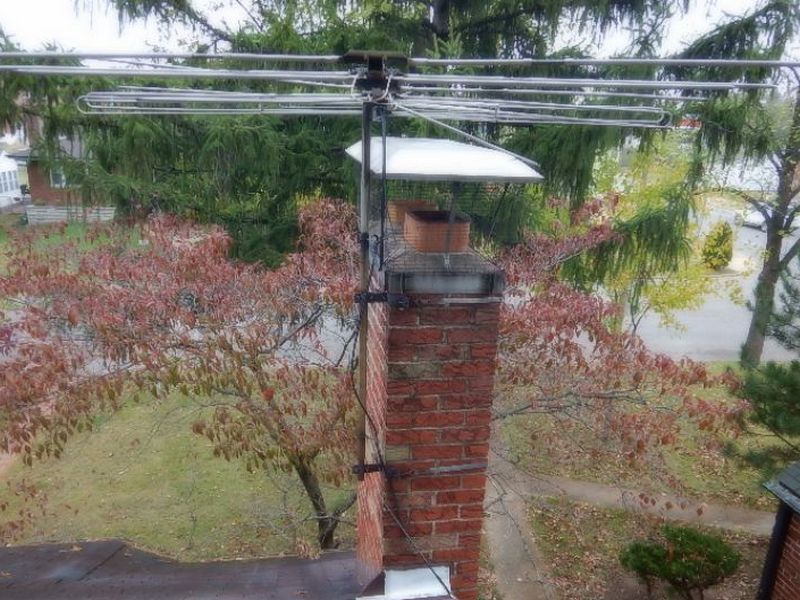
Inspect the flue interior(s) as possible. Remove the rain cap/spark arrestor if it can be easily taken on and off without breaking any seals. There should not be any signs of excess sooting or creosote build-up. A flue liner should be present. As visible, it should be continuous and without gaps or damage. You must account for all flues that are required for active combustion in the home and confirm that they are open.
The flue has been blocked or sealed off. It cannot be safely used for any combustion venting. Hire a chimney contractor for an evaluation and repairs as needed if you intend to use the flue.
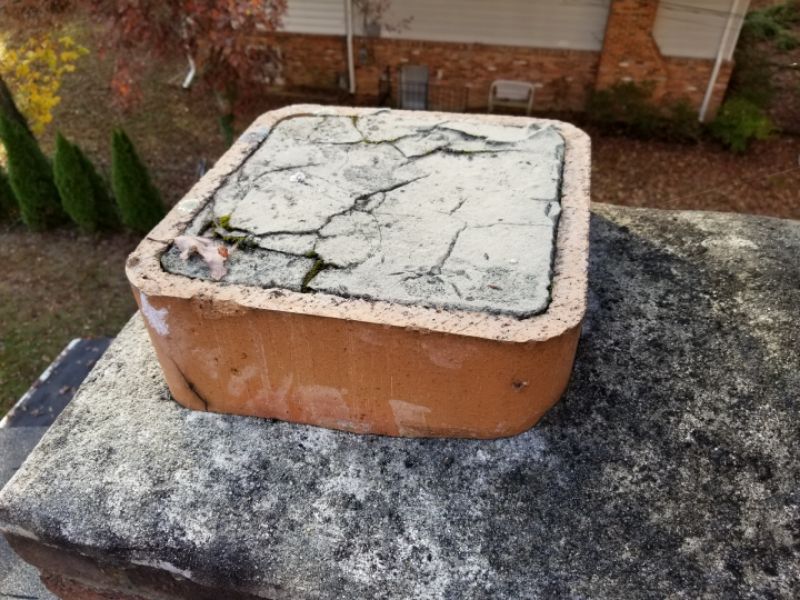
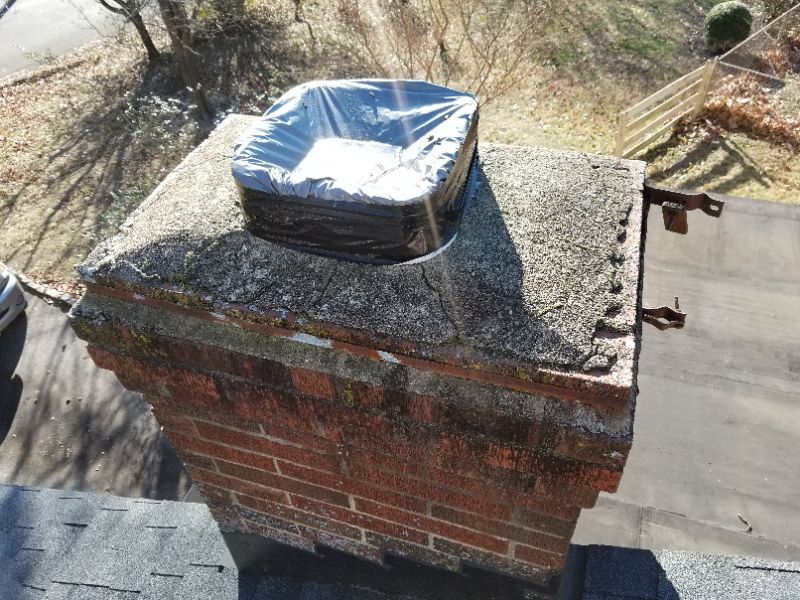
The chimney is missing a rain cap/spark arrestor. This permits water penetration into the chimney. Install a rain cap/spark arrestor.
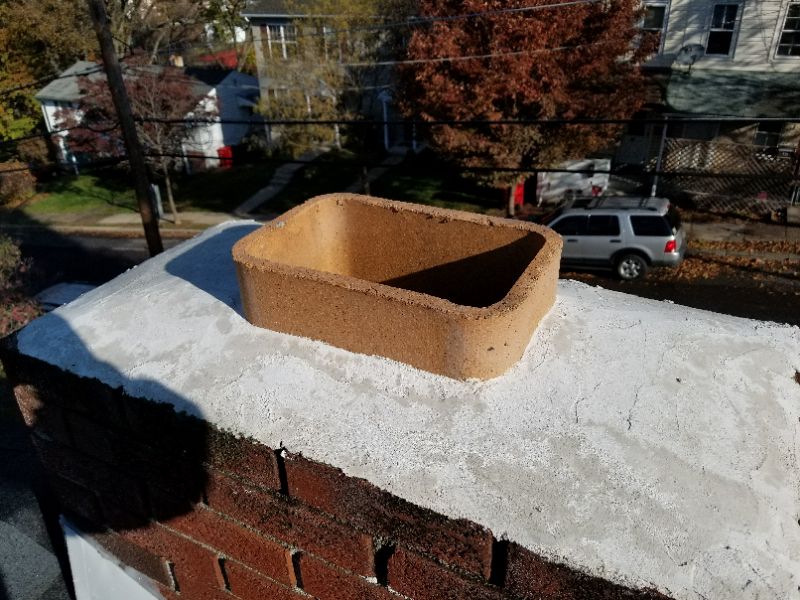
A flat screen is installed over the top of the chimney. This permits nesting to occur, hinders adequate air flow for proper drafting, and permits debris to build-up, increasing the risk of fire. Remove the screen and install a rain cap/spark arrestor.
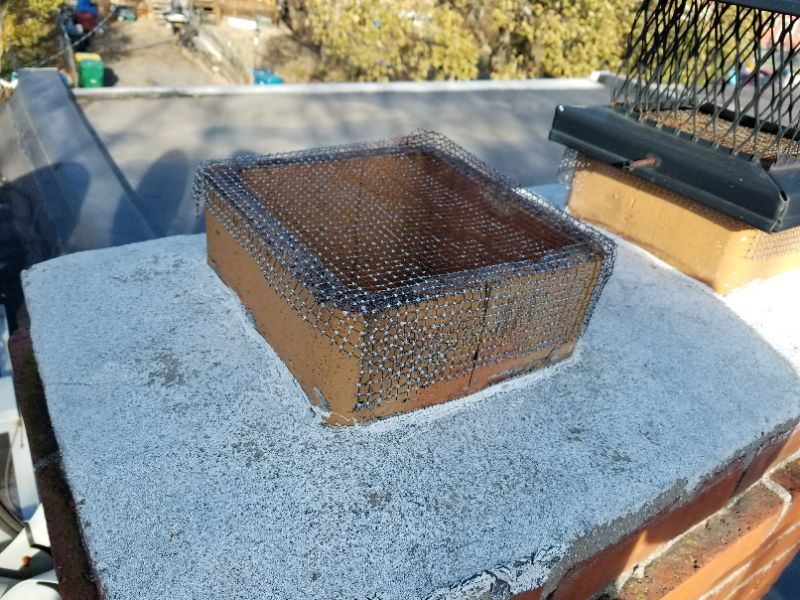
The top of the flue does not extend at least 2″ above the crown. This encourages water penetration and inhibits proper drafting. Hire a chimney contractor for repairs as needed.
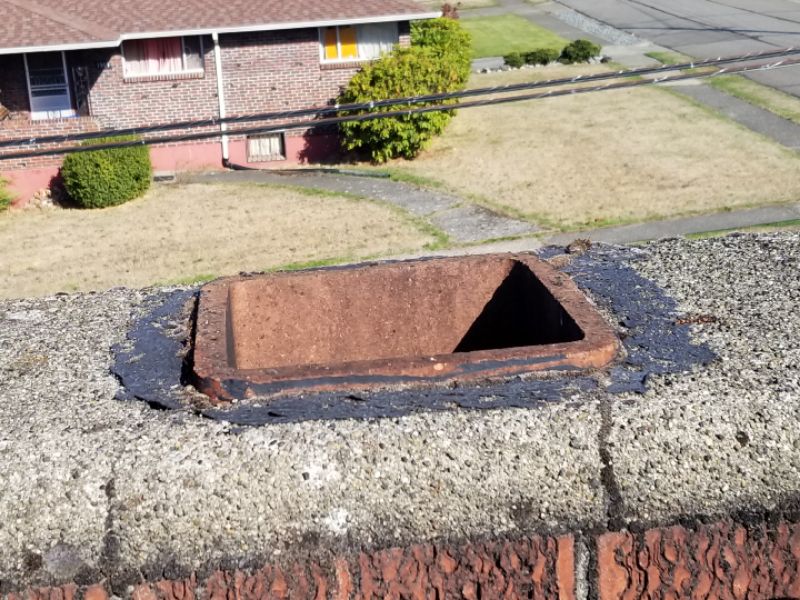
There is a creosote build-up in the chimney flue. This is a fire hazard and also limits visibility of the flue. Additional defects may be present. Hire a contractor to clean the chimney and to make required repairs.
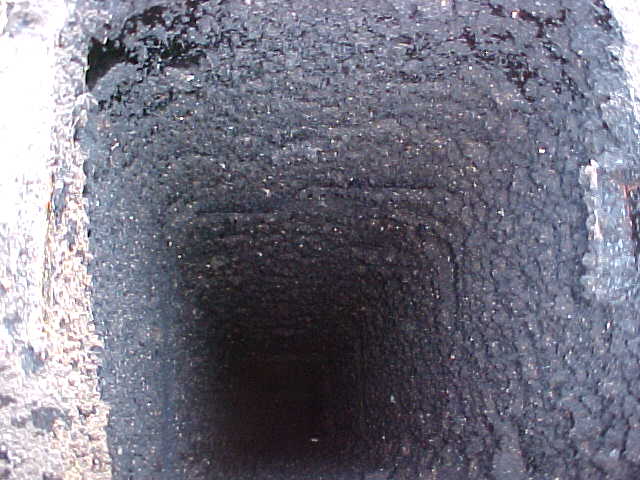

The chimney does not have a flue liner, which can permit smoke and flue gases to enter the living area. Although it may have been common in old houses, a missing flue liner is a potential fire hazard. Do not use the chimney; hire a contractor to provide a further evaluation and repairs as needed.
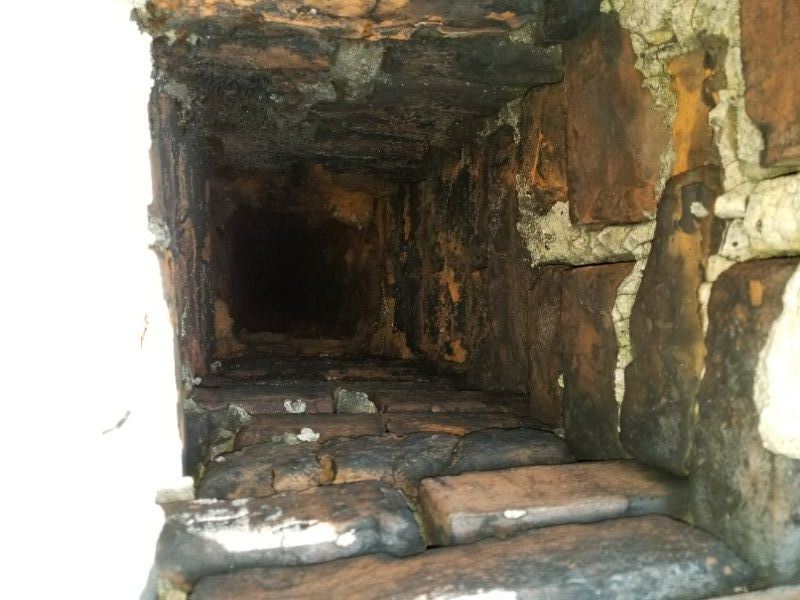
The chimney flue liner is cracked/damaged. This is a fire and safety hazard. Do not use the chimney; hire a contractor to provide a further evaluation and repairs as needed.
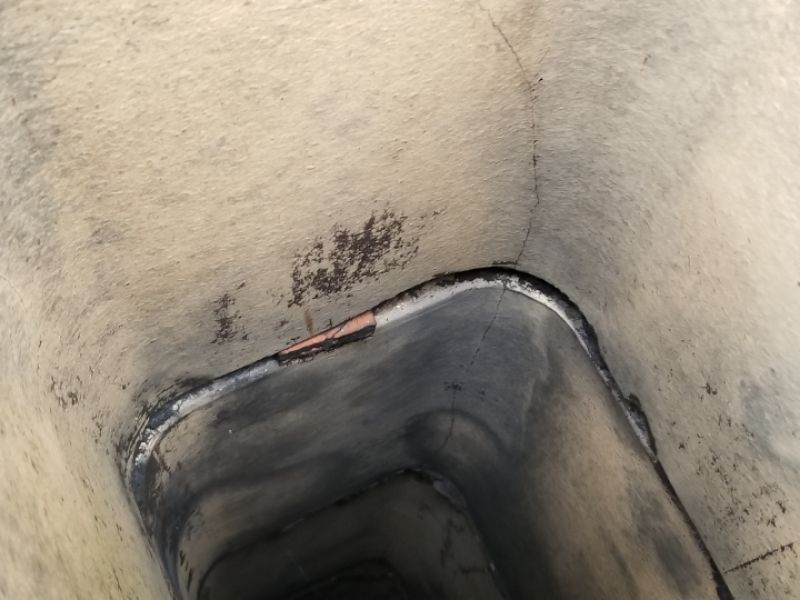
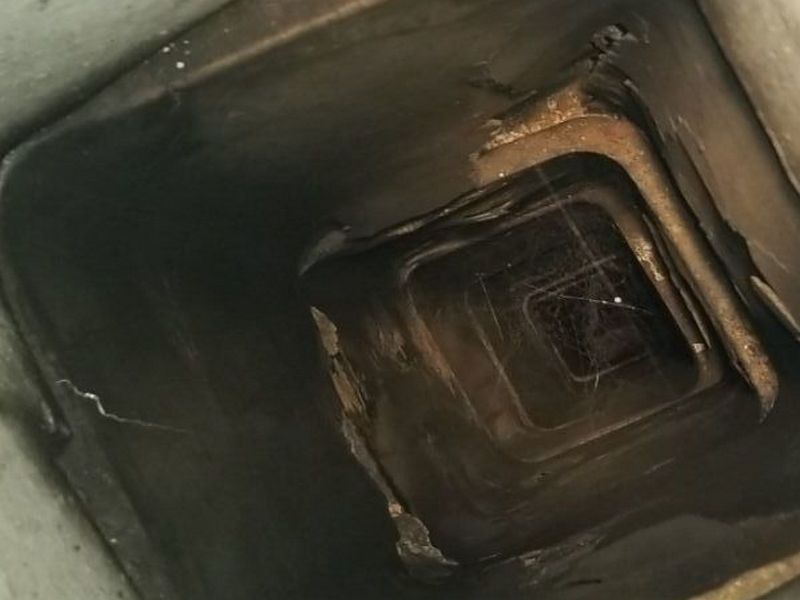
The chimney flue liner is deteriorated. This is a fire and safety hazard. Chimney relining may be required to ensure safe use. Do not use the chimney; hire a contractor to provide a further evaluation and repairs as needed. 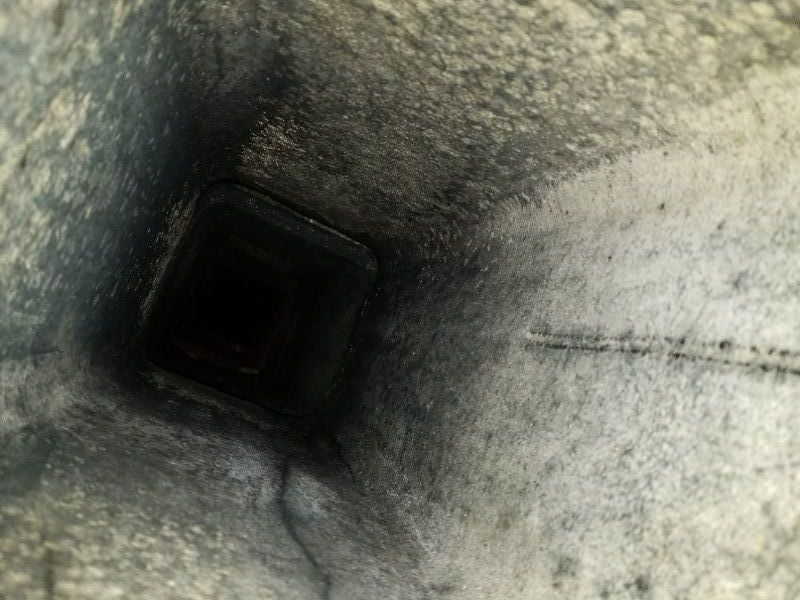
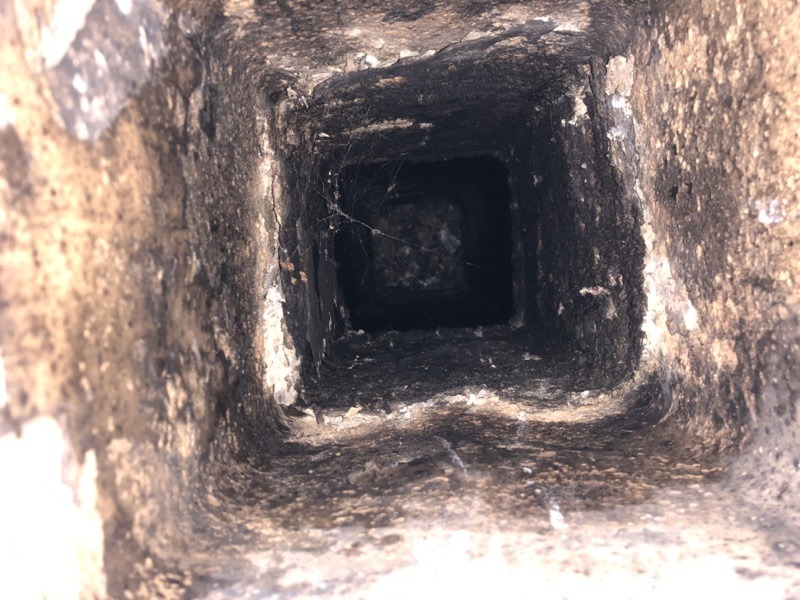
NFPA 211 is the basis of applicable chimney and fireplace safety codes. The actual adoption of a given code varies by state and locality. However, the Chimney Safety Institute of America (www.CSIA.org), the leading educational and certification organization for chimney professionals, fully recognizes NFPA 211. This includes its standards for chimney and fireplace inspections. These protocols are designated Level I, II, and III Inspections.
DEFINITIONS:
Readily Accessible:
Exposed, or capable of being exposed, for operation, inspection, maintenance, or repair without the use of tools to open or remove doors, panels, or coverings.
Accessible:
Capable of being exposed for inspection, maintenance, or repair, without damage to the chimney or building structure or finish, but which may require the removal of doors, panels, or coverings using commonly available tools.
LEVEL I INSPECTION
Scope: Readily accessible areas of chimney, structure, and flue; lack of flue obstructions or combustible deposits; basic appliance installation and connections.
Access required: Readily accessible portions of chimney exterior and interior; accessible portions of appliance and chimney connection.
Circumstances: Annual inspection during routine flue cleaning; upon direct replacement of connected appliance with one of similar type, input rating, and efficiency.
LEVEL II INSPECTION
Scope: All subjects of a Level I inspection; proper construction and condition of accessible chimney structure and flue; proper clearances from combustibles in accessible locations; size and suitability of flues for connected appliances.
Access required: All accessible portions of chimney exterior and interior, including accessible areas of attics, crawl spaces and basements; accessible portions of appliances and chimney connections; includes flue inspection by video scanning or other means.
Circumstances: Upon removal of one or more connected appliances and replacement with one of dissimilar type, input rating, or efficiency; prior to relining or replacement of flue lining; upon sale or transfer of the property; after operating appliance malfunction or external event, e.g. earthquake, severe weather event, likely to have caused chimney damage.
LEVEL III INSPECTION
Scope: All subjects of Level I and Level II inspections; proper construction and condition of concealed portions of chimney structure and enclosed flues; proper clearances from combustibles.
Access required: Internal and external portion of chimney structure including concealed areas of the building or chimney; includes removal of components of the building or chimney where necessary, but only as necessary to gain access to areas that are the subject of the inspection.
Circumstances: When necessary for the investigation of an incident that has caused damage to the chimney or building; where a hazard detected or suspected as the result of a Level I or II inspection cannot be fully evaluated without access to concealed areas.
